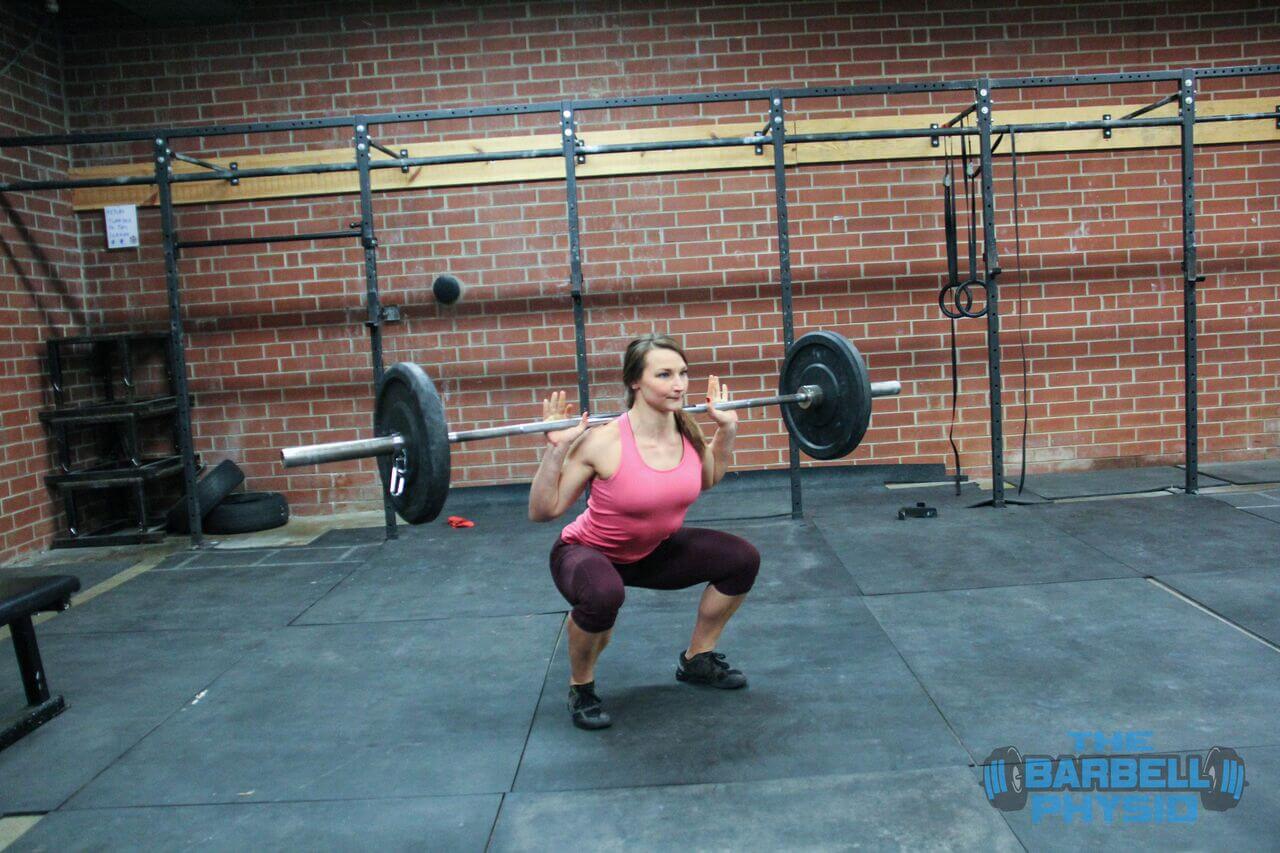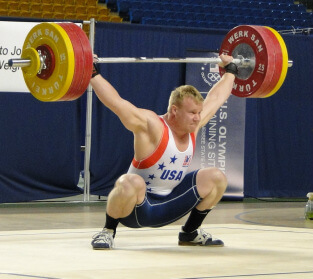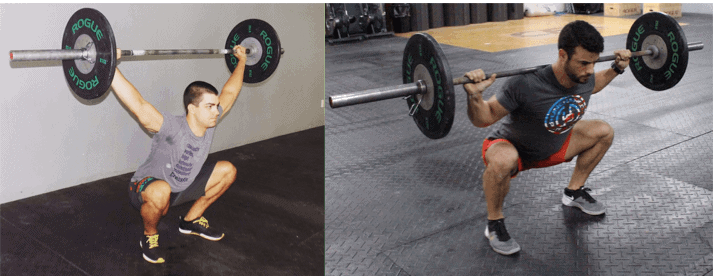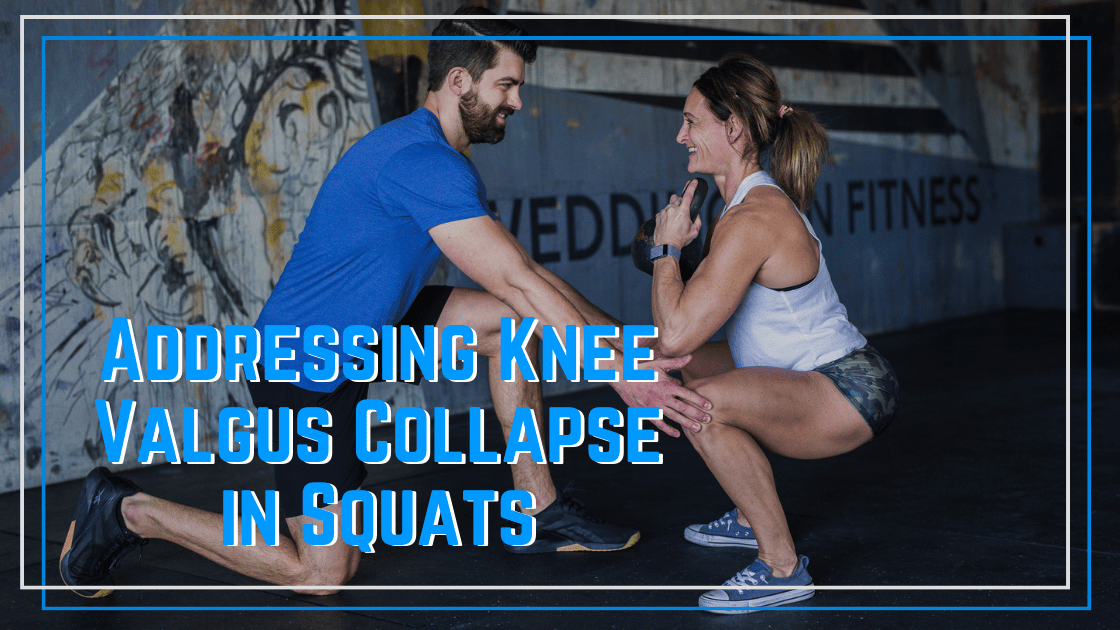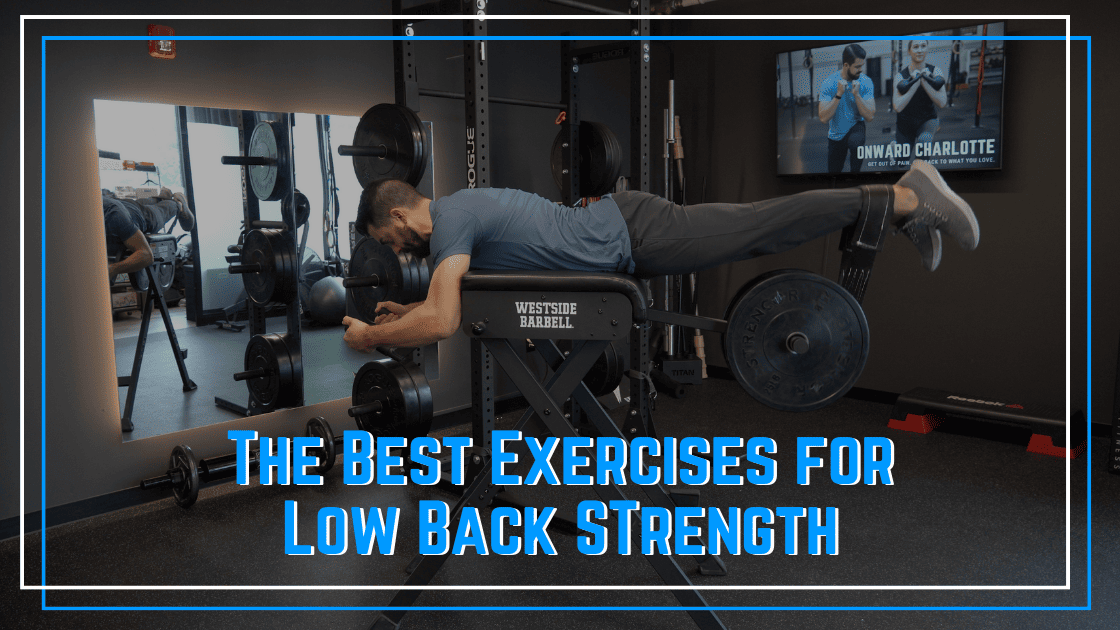How squat mobility impacts performance
One of the biggest misconceptions I see and hear when working with various fitness coaches is that there is a certain way to squat and certain keys to proper squat mobility. Knees must be positioned in a certain spot, feet must be pointed a certain direction, and coaches try to force their athletes to squat in these exact positions.
Unfortunately, I’ve seen this wreck serious havoc on the health and performance of so many athletes whose coach put them in the exact wrong position based on their unique anatomical variations.
It is time to put an end to these “rules” of what every athlete’s squat should look like. It is time for us all to do a better job of individualizing the squat technique every athlete we work with uses.
When we do this, we will set out athletes up for better success in the gym and less risk of them dealing with injuries sidelining them from further improving their fitness.
The “Individual Differences in Squat Performance” series will focus on the biggest considerations we should have when having our athlete’s squat.
Up first, we will look at how ankle and hip mobility will impact an athlete’s squat pattern.
If we are talking full depth (ass to the grass) squat, then athletes need to have great ankle and hip mobility to squat without sacrificing back positioning.
But if we’re only concerned with squatting to parallel, then we can get by without having great hip and ankle mobility.
Think of squat mobility as a continuum between ankle and hip mobility.

Great hip mobility means you won’t need as much ankle mobility to squat to parallel.
Poor hip mobility means you’ll need better ankle mobility to hit parallel.
Let’s look at photos of how this practically plays out.
Look at the following photo of myself squatting on the left. I have great ankle mobility but limited hip due to my boney anatomy (we’ll discuss this more in another installment). The result of this is that I tend to dorsiflex more as I squat, and move my hip through less flexion. My torso then remains more upright.
Compare this to Mitch on the right who has poor ankle mobility but much better hip mobility. His knees don’t travel as far forward, but he flexes his hips more, meaning a more forward torso angle.
Both squats are good technique. Our exact patterns are just dictated by the available range of motion we have.
Now, these mobility differences will mean different squatting variations are easier for each of us. My ankle mobility allows for a more upright torso, meaning I’ll have an easier time front and overhead squatting. Low bar back squats are more difficult for me to squat to depth as they require increased hip mobility.
But because we are each average in one joint (hip or ankle) and much better in another, we can squat to parallel in all squat variations (but would each have our struggles if trying to do full squats past parallel depending on what squat variation we use.
Stay tuned for the rest of this series as we dive deeper.

